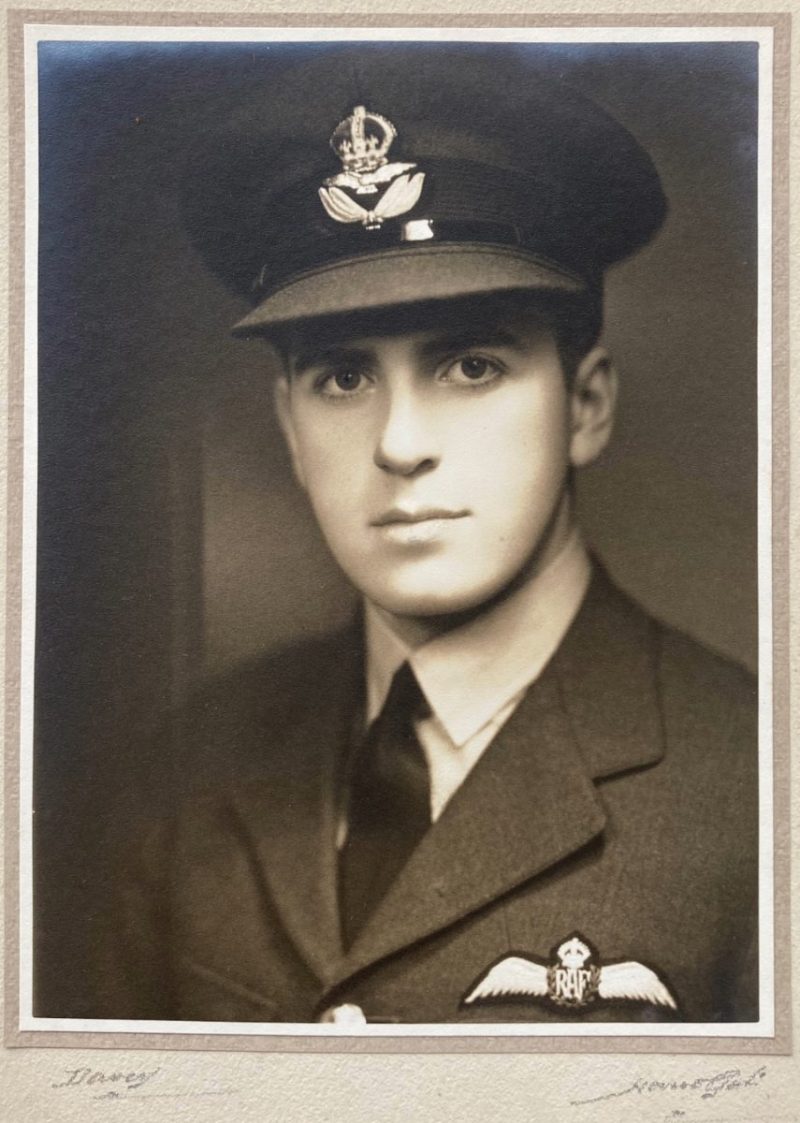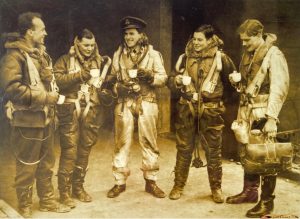
William Henry Nelson, DFC – A Canadian in the Royal Air Force
Like many young Canadians in the 1930s, Willie Nelson wanted to fly. Unlike all but a few, he fulfilled his ambition beyond imagining, becoming a decorated Royal Air Force bomber pilot early in the Second World War, then becoming an ace fighter pilot in the Battle of Britain.
William Henry Nelson was a first-generation Canadian Jew whose family name was originally Katznelson. Unable to afford a university education, he went to work in Montreal’s aircraft industry, but in 1936, at the age of nineteen, he left a humdrum life on the ground to go to England, intent on becoming a pilot in the Royal Air Force.
He was among the few Canadians to be commissioned as a bomber pilot long before the war. On completing his training he was posted to 10 Squadron, one of Bomber Commands foremost units. Willie (as his family and friends called him) was also a fine athlete. He was captain of his bomber squadron’s team in Britain’s Modern Pentathlon competitions in 1938 and 1939. While stationed in Yorkshire, he met Marjorie McIntyre. Instantly smitten, they married days before the war began.

Willie Nelson and crew on return from their first bombing operation against Germany (courtesy Bill McAlister)
Nelson was one of the first Canadians to fly in combat over Germany, only days after the war began in 1939, and six months later he was on Bomber Command’s first bombing operation on Germany. He was soon afterwards awarded a Distinguished Flying Cross for determination and courage in battle, particularly in the Norwegian campaign. His achievements were publicised across Canada, and made him the pride of Jewish Montreal.
In Britain’s desperate situation in June 1940 Nelson volunteered to retrain as a fighter pilot. Within weeks, while serving in 74 Squadron, he destroyed five enemy aircraft and damaged two more, so becoming the only Canadian Spitfire ace in the Battle of Britain. Few fought as both bomber and fighter pilot during the Second World War, even fewer managed to excel at both.
Willie Nelson was shot down at noon on the first day of November, 1940, 30,000ft above the south-east coast of England. He never saw his adversary, who may have been one of Nazi Germany’s most decorated fighter pilots at that time. Nelson was 23 years old, and by then the father of a two-month old boy, William Harle Nelson.
Marjorie took her infant son to Canada in 1941, seeking to meet her late husband’s family and to provide little Bill the opportunity for a better and more secure life. She was one of the first war brides to do so, and like many of them, she was confronted with much that she did not and could not anticipate. Marjorie was unprepared for the gulf in culture and class with Willie’s mother, and she was shocked by the antisemitism she encountered in Montreal. She left the city after a few months to begin her life anew, alone in a strange country. Marjorie soon remarried a Canadian, Ted McAlister, and they had four more children. In 1957 they moved to England where Bill, having taken his stepfather’s surname, would become a prominent figure in Britain’s cultural life. Only in his thirties, however, would Bill come to learn of the family and origins of his birth father.
Portrait of William Henry Nelson courtesy of Bill McAlister.